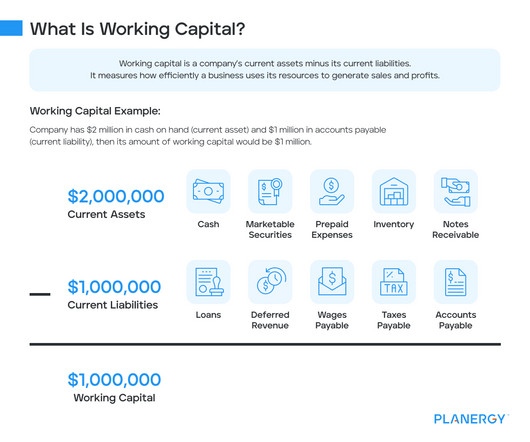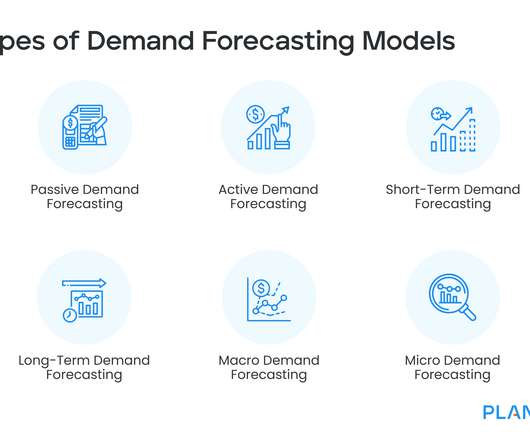From Spend to Supply — Coupa’s direct spend management progress
Spend Matters
MAY 8, 2023
Categories: Conferences , Spend Management Tags: PRO The question of how to manage direct materials can yield polarized answers and requires deeper evaluation than simply evaluating a few narrow use cases. The specific processes and needs involved may include upstream (i.e.,












Let's personalize your content